2021 Kia Niro Sport review: Big range for brand’s first EV
Nearly every major car maker in the world is trying to close the electric car gap with Tesla. We find out how close Kia is.
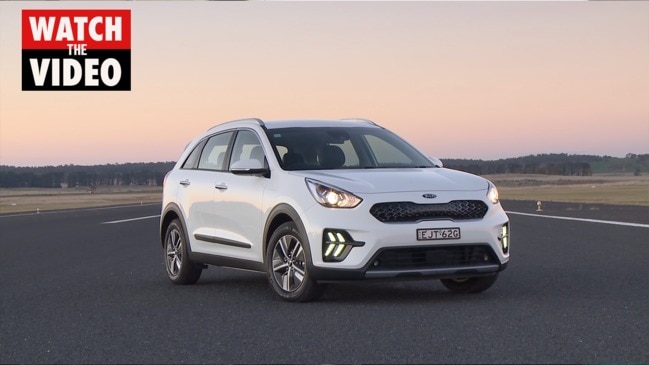
HiTech
Don't miss out on the headlines from HiTech. Followed categories will be added to My News.
Kia is the latest brand to bring an electric car to Australia with its Niro electric compact SUV. We find out what it’s all about, here are five things you need to know about the Kia Niro Sport.
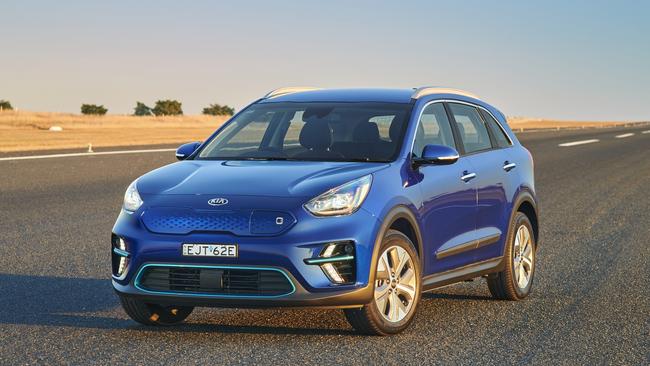
THIS IS KIA’S FIRST ELECTRIC CAR
Most manufacturers are working on electric cars (if they don’t offer one already), and Kia is no exception. This is Kia’s first crack at an electric car in Australia, arriving in the form of a compact SUV body style preferred by thousands of new car customers. The Niro name is new here, but not overseas, where the car you see here has been on sale since 2018.
Though Kia is new to battery-powered machines, key hardware is shared with Hyundai’s Kona Electric and the Niro is backed by a seven-year warranty that should bring peace of mind.
THE TECH ISN’T CHEAP
Priced from $70,990 drive-away in Niro Sport trim as tested here, the Niro costs almost twice as much as an equivalent petrol model. That’s normal for an electric car, particularly one with impressive hardware.
The Niro has a big 64kWh battery and powerful 150kW/395Nm electric motor that drive the front wheels.
Standard kit includes 17-inch alloy wheels, dual-zone climate control, faux leather trim, LED lights and a 10.25-inch touchscreen linked to a JBL stereo, sat nav and smartphone mirroring.
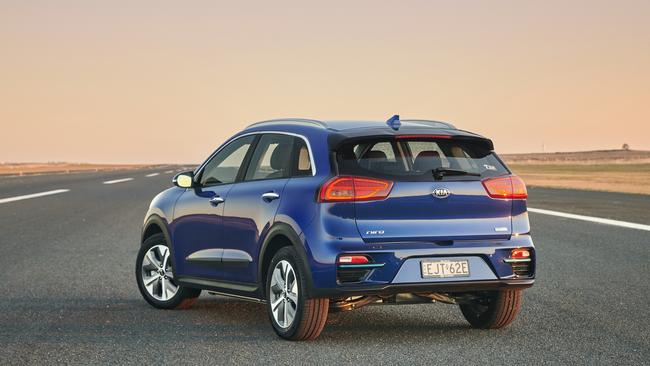
THIS IS A PRACTICAL PICK
Kia claims the Niro is good for 455 kilometres of driving, which is far more than rival electric cars such as the Mazda MX-30 (200km), Mini Electric (233km), BMW i3 (285km) or MG ZS EV (263km).
We tested two examples and found the Niro’s real-world range is just as impressive as its claim, thanks to an efficient electric motor and software that isn’t overly optimistic – which is great, as it’s less likely to leave you stranded.
Charging the Niro from zero to 80 per cent at 50kW DC public chargers takes 1 hour and 15 minutes, which drops to 54 minutes at 100kW fast-chargers. Topping up at home requires more than 24 hours for a full charge unless you spend about $2000 on a wall box that will get the job done overnight.
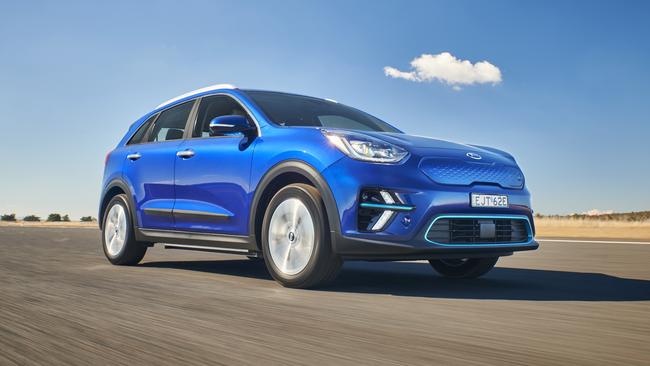
IT’S DECENT TO DRIVE
Like all electric cars, the Niro is a quiet and smooth performer. It has a near-silent motor and a single speed transmission that deliver seamless acceleration with swift throttle responses and effortless thrust that rivals turbocharged hot hatches.
The Niro is relaxed to drive, with soft suspension than we’ve come to expect from Kia. It’s comfortable on the open road but a little roly-poly in the bends, though there is plenty of grip thanks to premium tyres.
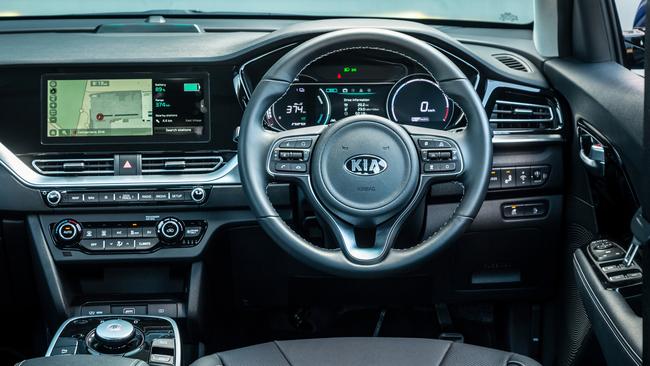
IT MIGHT BE WORTH WAITING, THOUGH
We wouldn’t rush out to buy the Niro. It looks and feels dated compared to segment leaders such as Tesla’s Model 3, which is by far the best electric car available for this sort of money – it’s faster, smarter and better to drive. That may change when the Kia EV6 and Hyundai Ioniq 5 arrive in 2022. Built from the ground up as dedicated electric cars, they promise superior tech, performance and packaging to the Niro for a similar price.
KIA NIRO SPORT VITALS
Price: From $70,990 drive-away
Engine: Electric motor, 150kW/395Nm
Warranty/Service: 7-year/150,000km, $2,800 for 7 years
Safety: Not rated, 7 airbags, auto emergency braking, active cruise control, lane keeping assistance, blind spot monitoring, rear cross traffic alert
Thirst: 64kWh battery, about 15kWh/100km
Spare: Repair kit
Boot: 451 litres
Originally published as 2021 Kia Niro Sport review: Big range for brand’s first EV


